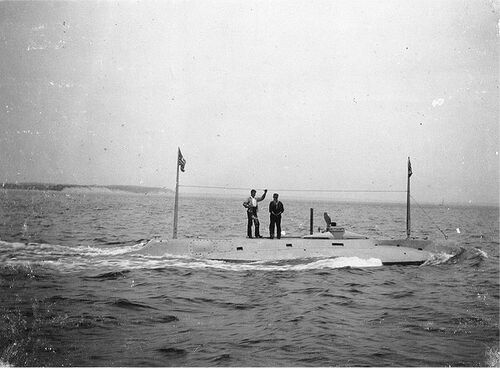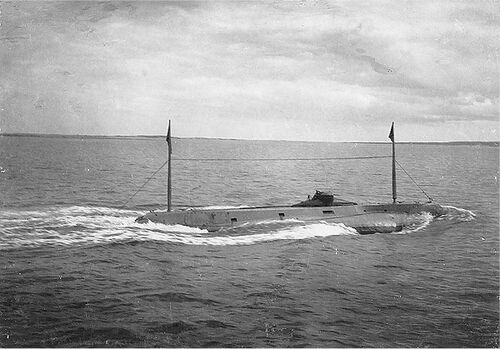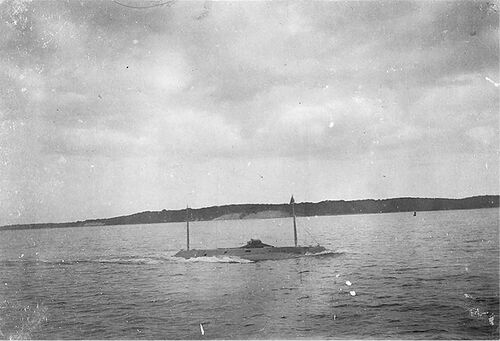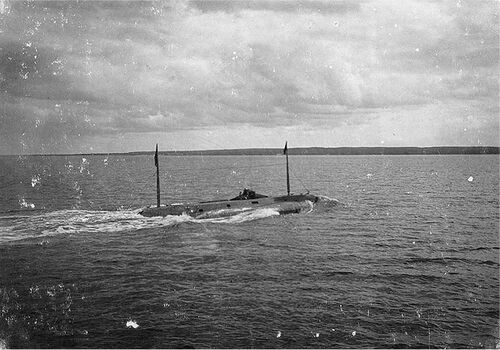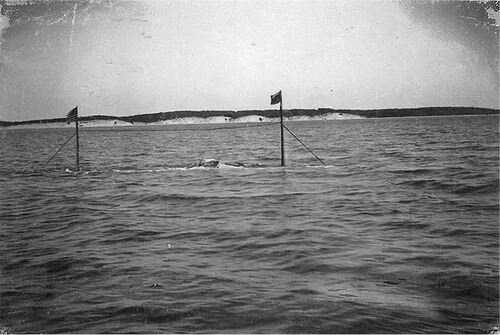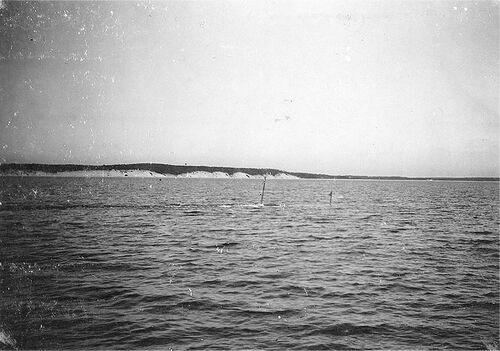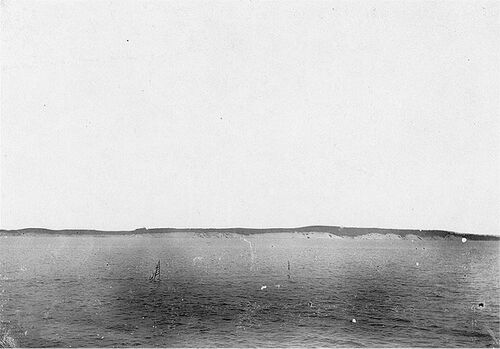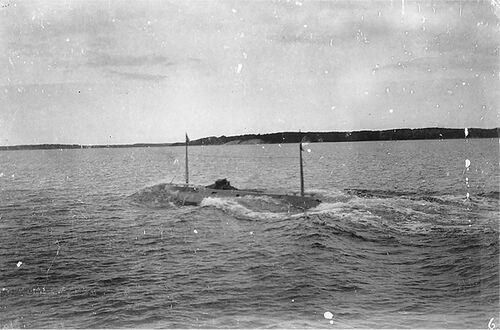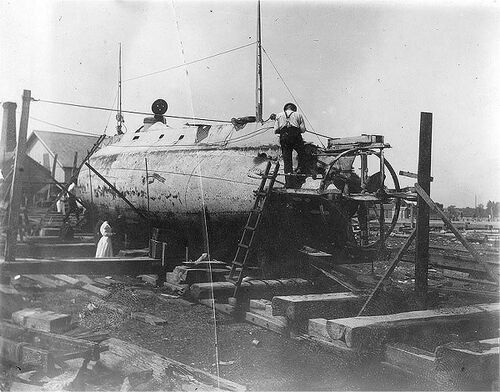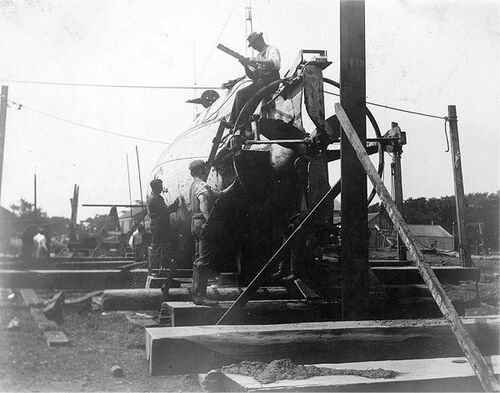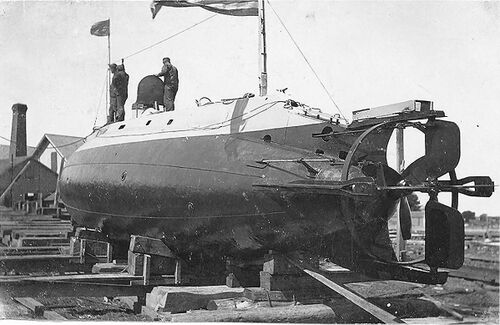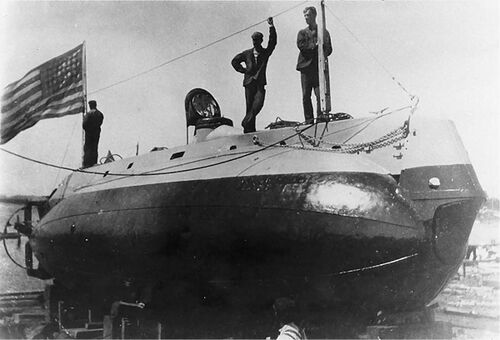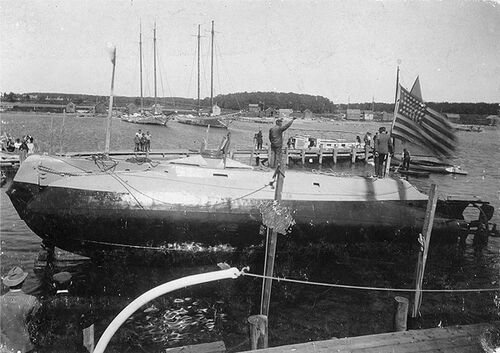Holland: Difference between revisions
Pbcjohnston (talk | contribs) mNo edit summary |
Pbcjohnston (talk | contribs) |
||
| Line 179: | Line 179: | ||
[[File:morris heights-1.jpg|left|500px]] | [[File:morris heights-1.jpg|left|500px]] | ||
<div style="text-align: justify;"><span style="color:#00008B">After some disputes with the Navy over the handling of the submarine, Holland reluctantly agreed to redesign the rudder, diving planes and propeller locations. It was argued that placing the propeller forward of the planes would help the inexperienced crews handling of the sub easier, as it increased water flow over the control surfaces. The submarine was towed to the Gas Engine and Power Company yards at Morris Heights on the Harlem River for these modifications. In this photo the modifications have been completed. An anti-fouling ring has been placed around the propeller. The purpose of the rectangular box atop the rudder post is not known, but we speculate that it is related to the rudder operation. A ram rod for operating the rudder can be seen near the end of the superstructure skeg, and a ram rod for the diving planes is below that. | <div style="text-align: justify;"><span style="color:#00008B">After some disputes with the Navy over the handling of the submarine, Holland reluctantly agreed to redesign the rudder, diving planes and propeller locations. It was argued that placing the propeller forward of the planes would help the inexperienced crews handling of the sub easier, as it increased water flow over the control surfaces. The submarine was towed to the Gas Engine and Power Company yards at Morris Heights on the Harlem River for these modifications. In this photo the modifications have been completed. An anti-fouling ring has been placed around the propeller. The purpose of the rectangular box atop the rudder post is not known, but we speculate that it is related to the rudder operation. A ram rod for operating the rudder can be seen near the end of the superstructure skeg, and a ram rod for the diving planes is below that. Note also that the aft firing Zalinsky gun was removed during this period. It was of dubious use and the Navy showed no interest in it at all. | ||
<small>US Navy Photo</small> | <small>US Navy Photo</small> | ||
| Line 193: | Line 193: | ||
[[File:nindermann.jpg|left|500px]] | [[File:nindermann.jpg|left|500px]] | ||
<div style="text-align: justify;"><span style="color:#00008B">Shown here working on the Holland overhaul is William F. C. Nindermann. He was a John P. Holland Torpedo Boat Company employee. He appears to be working on some interior piping for the submarine. The photo was taken at the Gas Engine and Power Company yard at Morris Heights on the Harlem River. A large awning has been erected over the boat's conning tower, probably to keep out anticipated rain. | <div style="text-align: justify;"><span style="color:#00008B">Shown here working on the Holland overhaul is William F. C. Nindermann. He was a John P. Holland Torpedo Boat Company employee. He appears to be working on some interior piping for the submarine. The photo was taken at the Gas Engine and Power Company yard at Morris Heights on the Harlem River. A large awning has been erected over the boat's conning tower, probably to keep out anticipated rain.<br><br> | ||
<small>US Navy Photo</small></div> | <small>US Navy Photo</small></div> | ||
Revision as of 11:56, 11 October 2023

Design, Construction, and Naming Notes
Holland (Submarine No. 1)
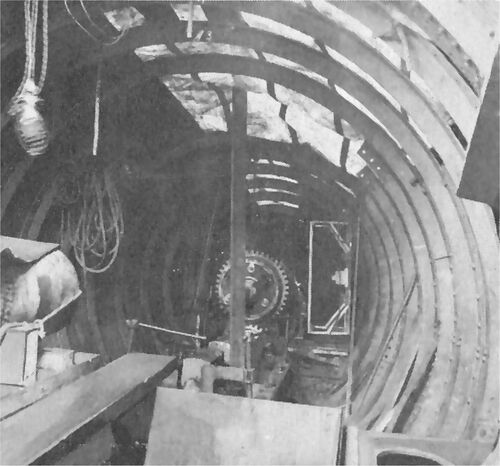
U.S. Navy Photo
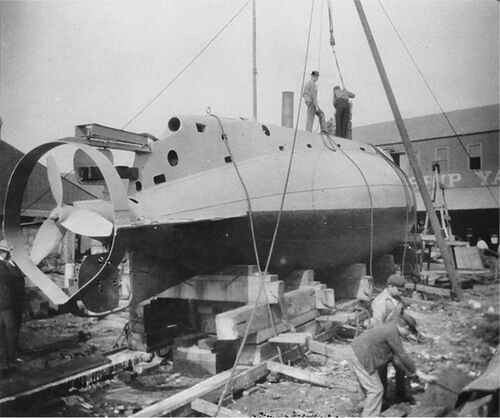
U.S. Navy Photo

U.S. Navy Photo
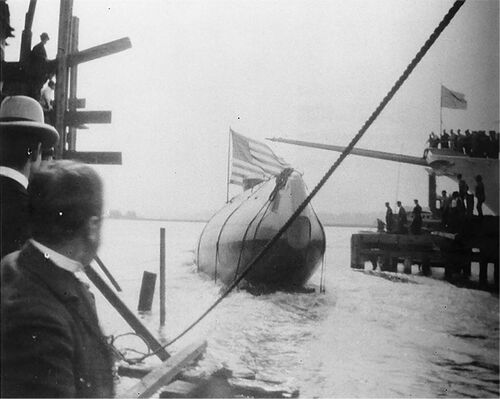
U.S. Navy Photo
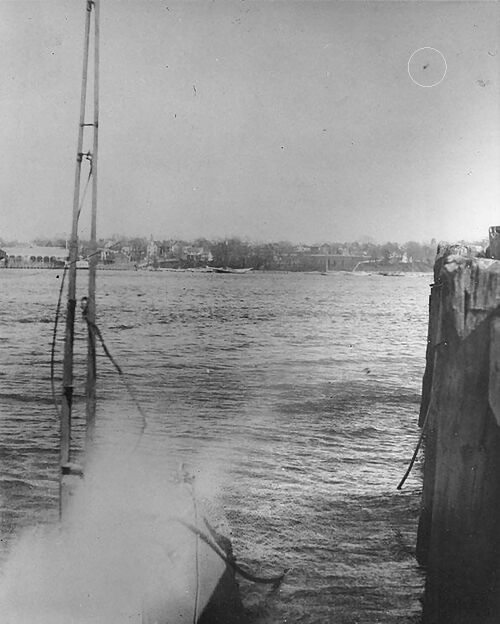
U.S. Navy Photo
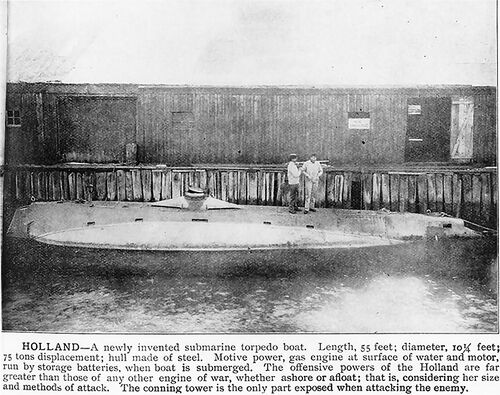
Library of Congress
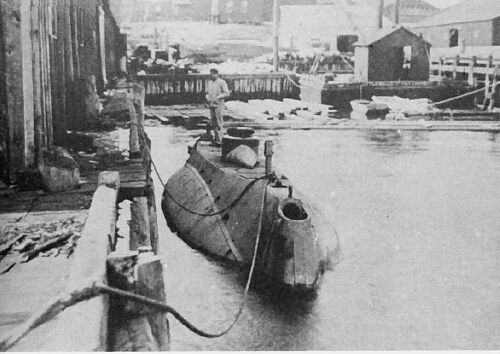
U.S. Navy Photo
The April 20, 1898 Trials
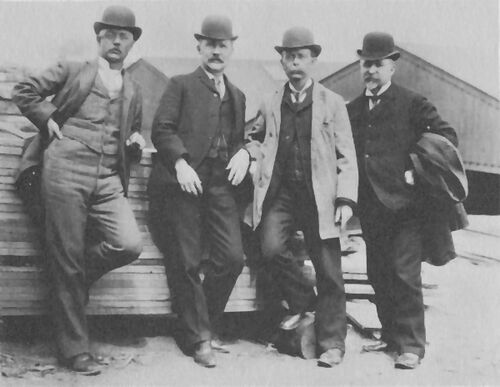
Walter Thompson, superintendent of the Raritan Dry Dock.
Charles A. Morris, superintending engineer of the John P. Holland Torpedo Boat Company.
John P. Holland, inventor of the submarine.
Mr. Matthews, an investor in the John P. Holland Torpedo Boat Company
All there to witness the first real trial run of the submarine boat Holland on Raritan Bay before a Navy Board of Inspection.
US Navy Photo
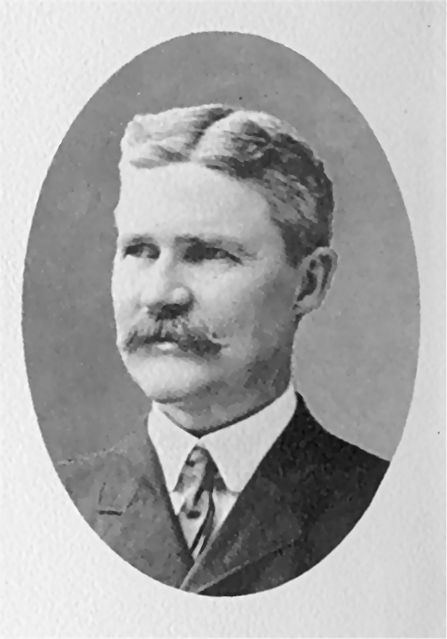
Morris Family Photo
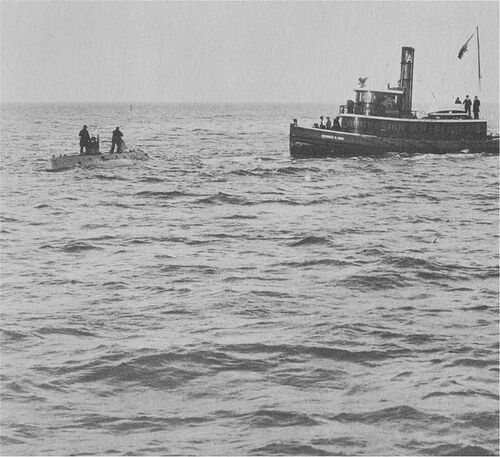
U.S. Navy Photo
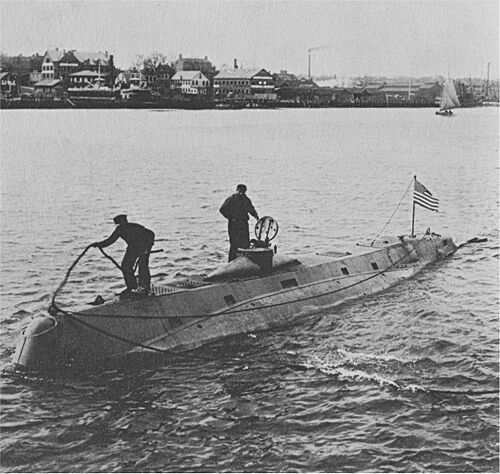
U.S. Navy Photo
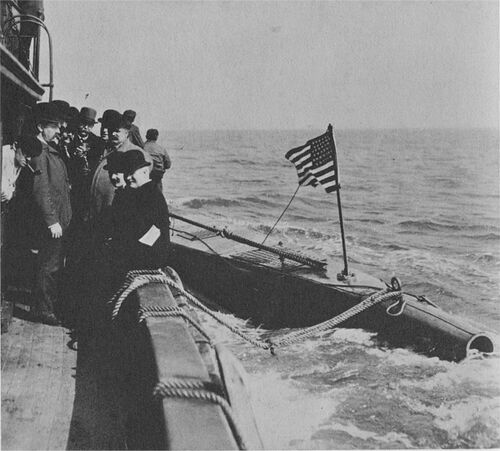
U.S. Navy Photo
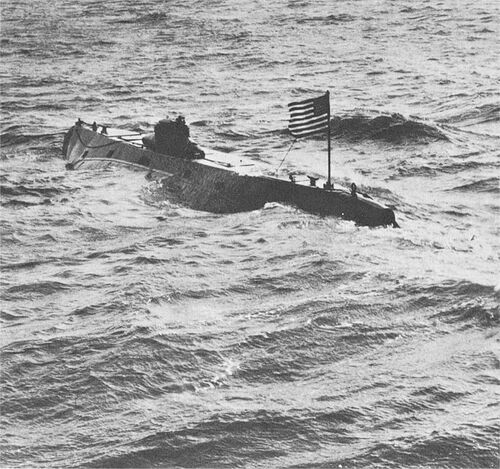
U.S. Navy Photo
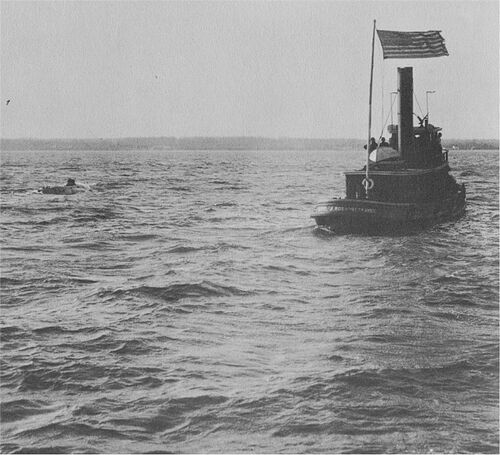
U.S. Navy Photo
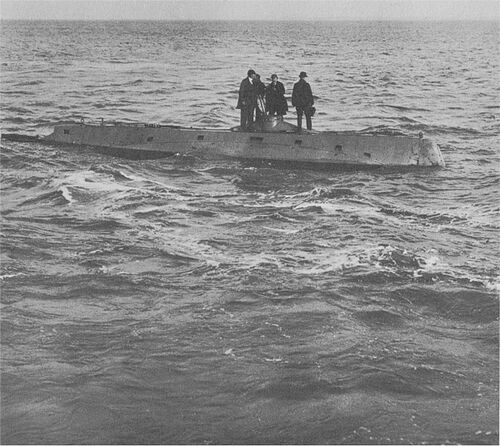
The Erie Basin Haulout
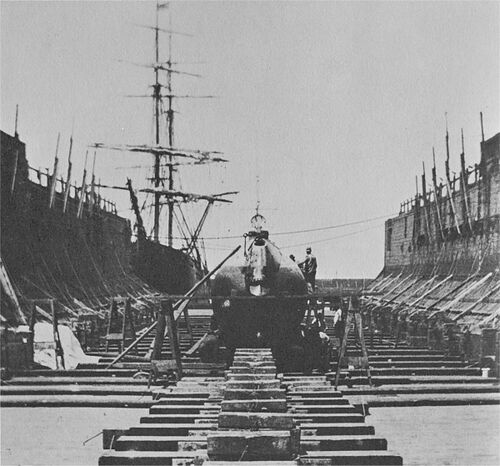
U.S. Navy Photo
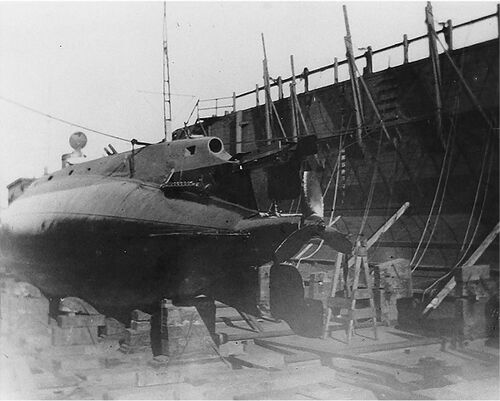
US Navy Photo
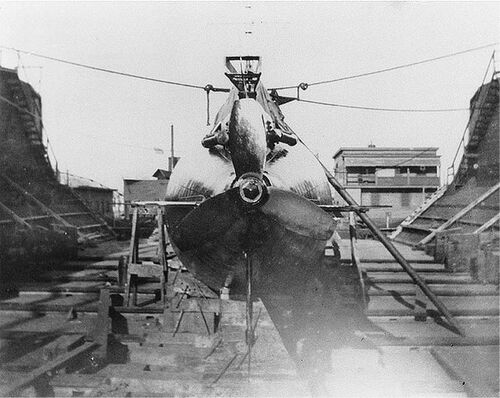
US Navy Photo
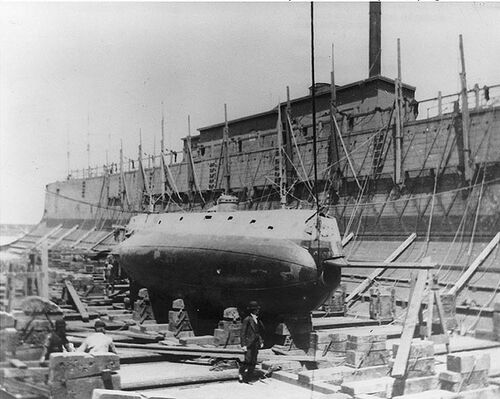
The Atlantic Yacht Basin Haulout
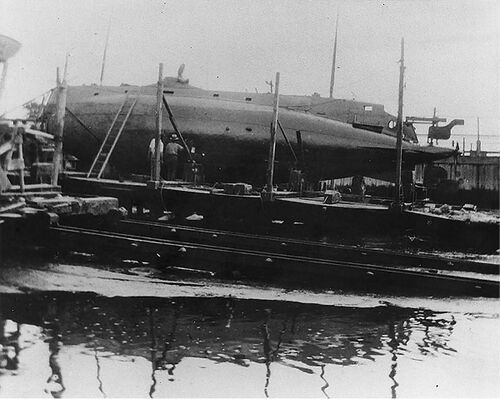
In September 1898 the Holland was hauled out at the Atlantic Basin shipyard and extensive work was done. A new smaller propeller was installed, she received a fresh paint job, and the torpedo tube was re-bored. She was ready for further testing by November 4, 1898. On the 12th of November fresh trials began. This was the first time John Holland did not handle the submarine himself.
US Navy PhotoMorris Heights Haulout
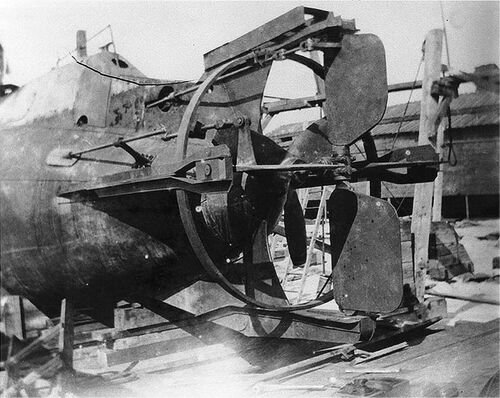
US Navy Photo
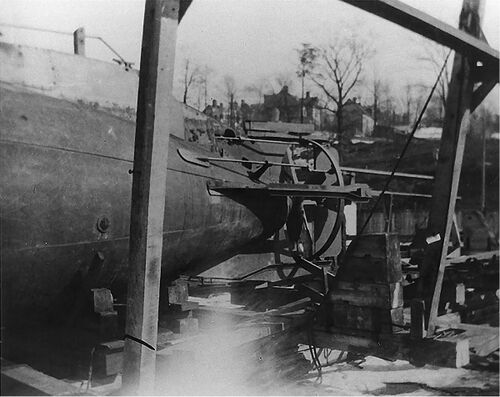
US Navy Photo

US Navy Photo
The Greenport Trials
